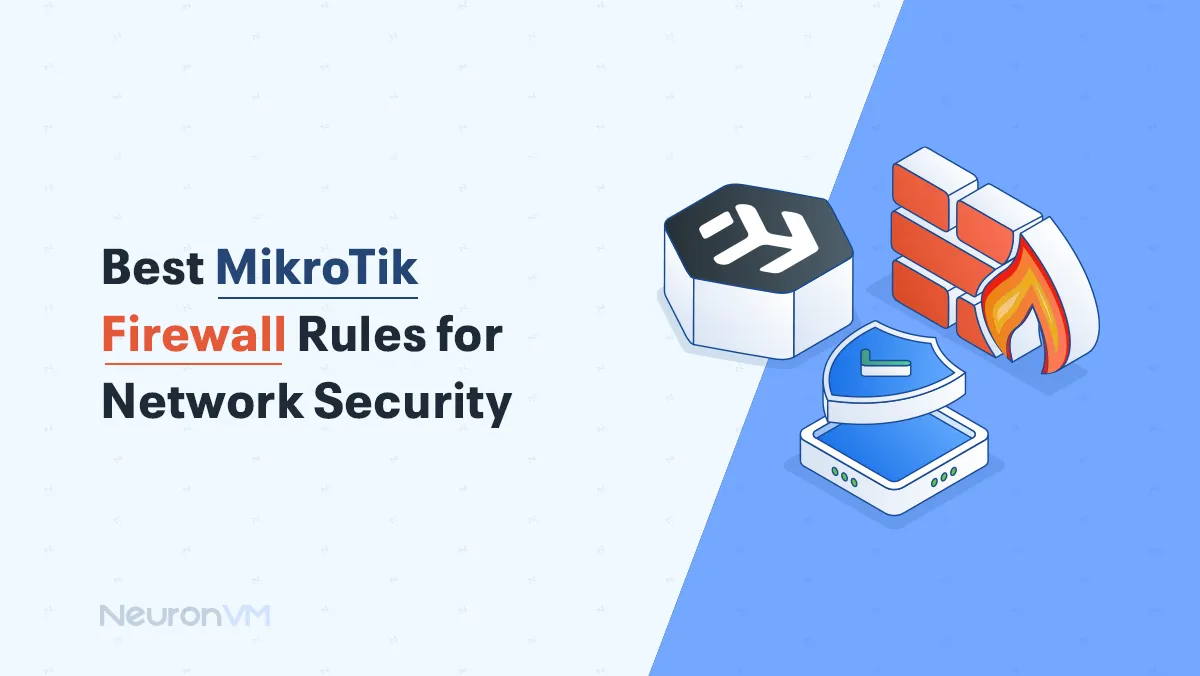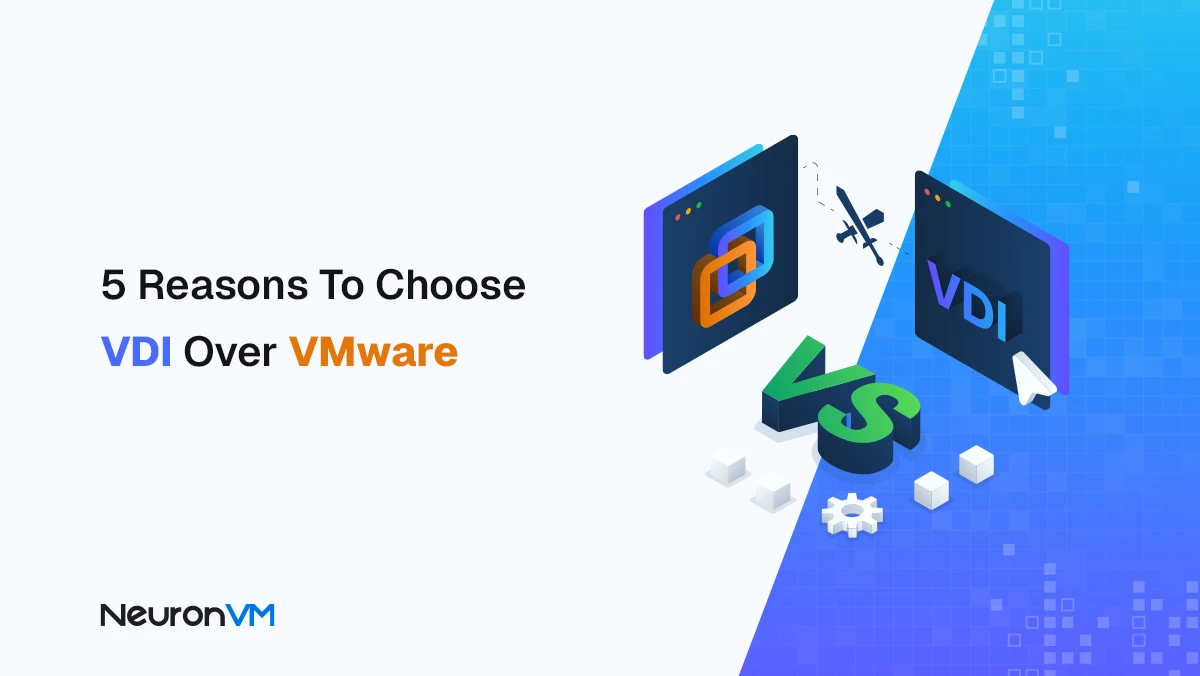What is Hardware Acceleration? Definition, Pros and Cons

Hardware Acceleration is like the computer’s division of labor. CPU handles most of the work in the PC, but it is better to use a specialized chip for certain works, because it is easier than relying on the entire CPU.
But why do we need to know about Hardware Acceleration? It is important to know why hardware acceleration matters.
You have the ability to turn it on and off, and you can manage it yourself.
Hardware Acceleration is like the computer’s division of labor. CPU handles most of the work in the PC, but it is better to use a specialized chip for certain works, because it is easier than relying on the entire CPU.
But why do we need to know about Hardware Acceleration? It is important to know why hardware acceleration matters.
You have the ability to turn it on and off, and you can manage it yourself. It’s a good idea to take a moment to consider the pros and cons before making your decision to use it!
Join us to know if it is functional for you.

What is the definition of Hardware Acceleration?
The CPU is the main worker of computers, but sometimes, it can overheat, crash, or cause many other problems.
Hardware Acceleration is like a helper to the CPU. It handles specific jobs and helps the CPU with them. Normally, the CPU handles most of the tasks, but with hardware acceleration, it is done faster and works smoothly.
The main reason for using hardware acceleration is simply to speed up specific tasks. However, it also saves battery life, improves the CPU’s performance, and allows the CPU to focus on important things.
Types of Hardware Components Used for Acceleration
There is not a fixed number of hardware components used for acceleration, but here are some common ones that are used frequently:
- GPU is designed for graphics but can be used for many tasks.
- TPU is designed for machine learning.
- DSP is a processor for signal processing tasks.
- ASIC is a custom chip for specific tasks.
Applications that use Hardware Acceleration
It is primarily used in gaming, video editing, and also machine learning. In games, it uses GPU to handle graphics and animations; it looks awesome and works smoothly. GPU has specialized hardware that makes video editing faster; it will add colors and special effects to video while doing it fast.
In machine learning, GPUs and TPUs make the training process for AI models faster.
For example, Adobe Photoshop, Spotify, and Google Chrome use Hardware Acceleration.

Advantages of Hardware Acceleration
Hardware Acceleration has a lot of benefits. The best part is how much faster it makes the computer run!
But it is not only speed that makes it special; it improves our performance by specializing in hardware, it can handle multiple tasks at the same time, and it also reduces latency.
It consumes less power than the whole CPU being used, even if the specialized hardware and CPU do the same tasks.
It can also process data more quickly. It is also the best option for real-time processing, such as video editing and gaming.
It also leads us to faster application responses because it will handle tasks more efficiently.

Disadvantages of Hardware Acceleration
We explored the advantages of Hardware Acceleration, but is that the whole story? Unfortunately, like everything else, it has pros and cons, and it is important to consider the potential drawbacks.
Specialized hardware, such as GPU and TPU, can be pricey, and upgrading it may result in extra expenses.
Not all software can use hardware acceleration, which limits its benefits.
Impact of Hardware Acceleration on various fields
Hardware acceleration has impacted different fields, such as machine learning, AI, IOT, animation, gaming, etc.
In machine learning; GPUs and TPUs train AI models faster and also enable real-time applications like facial recognition and self-driving cars. In gaming, GPUs create powerful, stunning visuals in games and movies, and also hardware acceleration quickens the creation of complex 3D.
In IoT, or the Internet of Things, devices process data locally, which speeds up the processing time and also provides more privacy because less data needs to be sent over.
Conclusion
In this article, we provide a straightforward explanation of Hardware Acceleration, discussing its pros and cons, as well as the fields and applications that operate it. After reviewing this, you might make your decisions informed.
Did you know that the same technology powering your gaming experience is also applied in scientific research? The GPU, originally designed for gaming, is now used to speed up calculations in various fields, including physics.
You might like it

MikroTik Tutorials
Best MikroTik Firewall Rules for Network Security (2025)

Windows Tutorials
VDI vs RDP vs RDS: Battle of the Virtual Desktops

Top 10 Proven Ways to Earn Bitcoin in 2025 (Real Experience)





